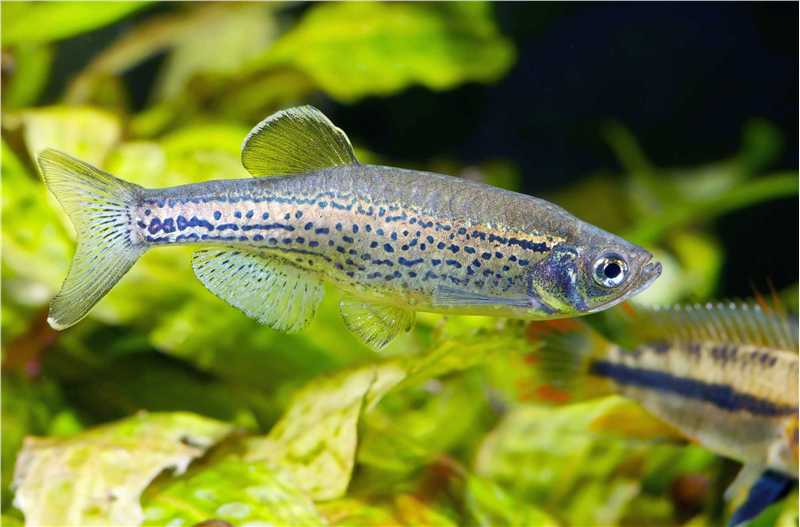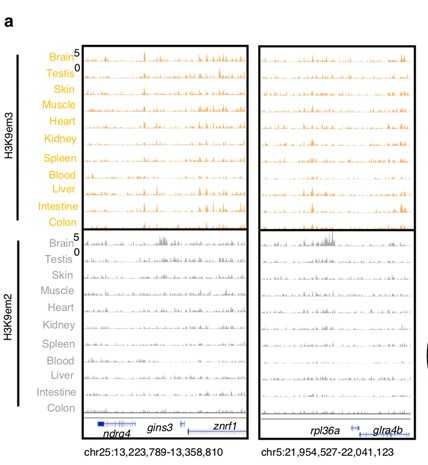Using zebrafish, cichlid fish, Nile tilapia, and mandarin fish as model organisms have the advantages of small size, low cost, large number, and simple operation. Among fish model organisms, the zebrafish genome of has high homology with human genes, which makes zebrafish widely used in human disease models, such as epilepsy, parkinson disease, and retinal degeneration models. Due to the development of gene editing technology, zebrafish models are also commonly used for biological activity and safety evaluation.
The central nervous system of zebrafish is also similar to that of mammals. As a result, zebrafish are increasingly used in neuroscience research and the study of physiological-psychological related problems. However, the sparse annotation of functional regions in the genome is limited zebrafish research. Therefore, accelerating the application of CHIP-seq technology to fish is urgently needed.
Lifeasible, as a professional sequencing company, can provide professional and abundant fish ChIP-seq solutions for customers to detect cis-regulatory elements at the whole genome level of fish, etc. Based on ChIP data, we provide an in-depth analysis of transcription factor (TF) binding sites and signaling pathways in gene regulation.

Our fish ChIP-seq program sequences qualified DNA samples from immunoprecipitations to obtain high-quality reads, and then analyzes the data to efficiently predict related genes, perform functional enrichment analysis, predict the function of specific proteins, histone chromosome binding profiles, and epistatic modifications of DNA.
We sequenced H3K9me2 and H3K9me3 in 11 adult zebrafish tissues using ChIP-seq technology and identified non-redundant loci for H3K9me2 and H3K9me3, respectively, providing epigenomic data for functional annotation of vertebrate genomes.
 Figure 1. H3K9me3 and H3K9me2 histone ChIP-seq signals in 11 zebrafish adult tissues. (Yang, H, et al. 2020)
Figure 1. H3K9me3 and H3K9me2 histone ChIP-seq signals in 11 zebrafish adult tissues. (Yang, H, et al. 2020)
We use ChIP-seq technology to sequence H3K4me3 at the whole genome level in the cichlid fish Oreochromis niloticus, analyze cis-regulatory elements, and map active promoter elements. This technology can further help our clients deeply analyze transcriptional regulation evolution in vertebrates.
Our ChIP-seq of the transcription factor Sox30 showed that Sox30 plays an important role by directly binding to its promoter to positively regulate the transcription of ift140 and ptprb, two spermatogenesis-related genes, and can contribute to client studies in vertebrate embryo development.

It is recommended to provide two sample preparations, if possible, to ensure the quality and continuity of the experiment.
Lifeasible's animal-oriented sequencing technology platform can provide efficient fish ChIP-seq services to help our customers putative cis-regulatory elements, map post-translational histone chromosome binding, analyze TF binding sites, etc., thus accelerating their research in development, genetics, pharmacological fields, human diseases, etc. Please feel free to contact us for questions, inquiries, or collaboration.
References